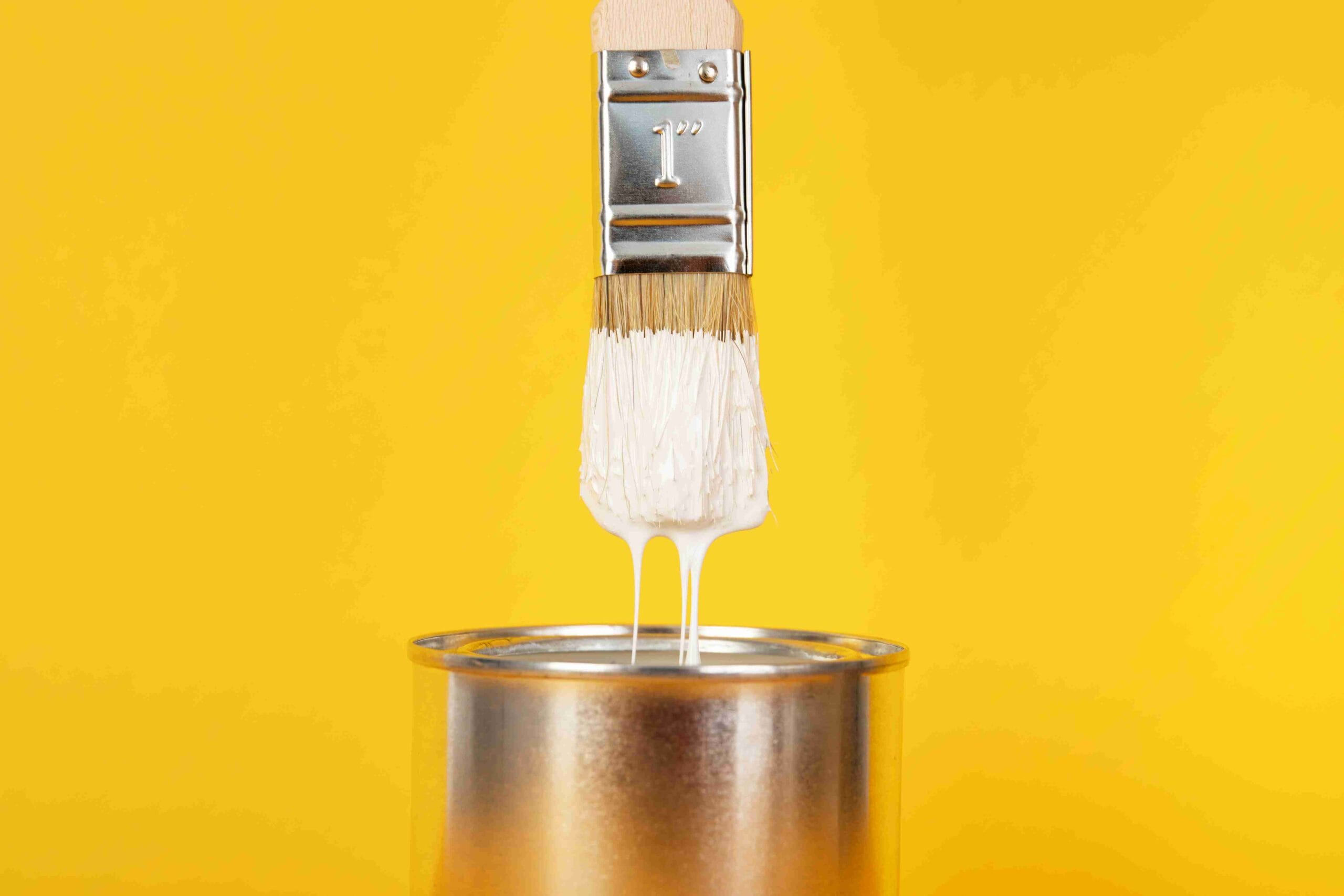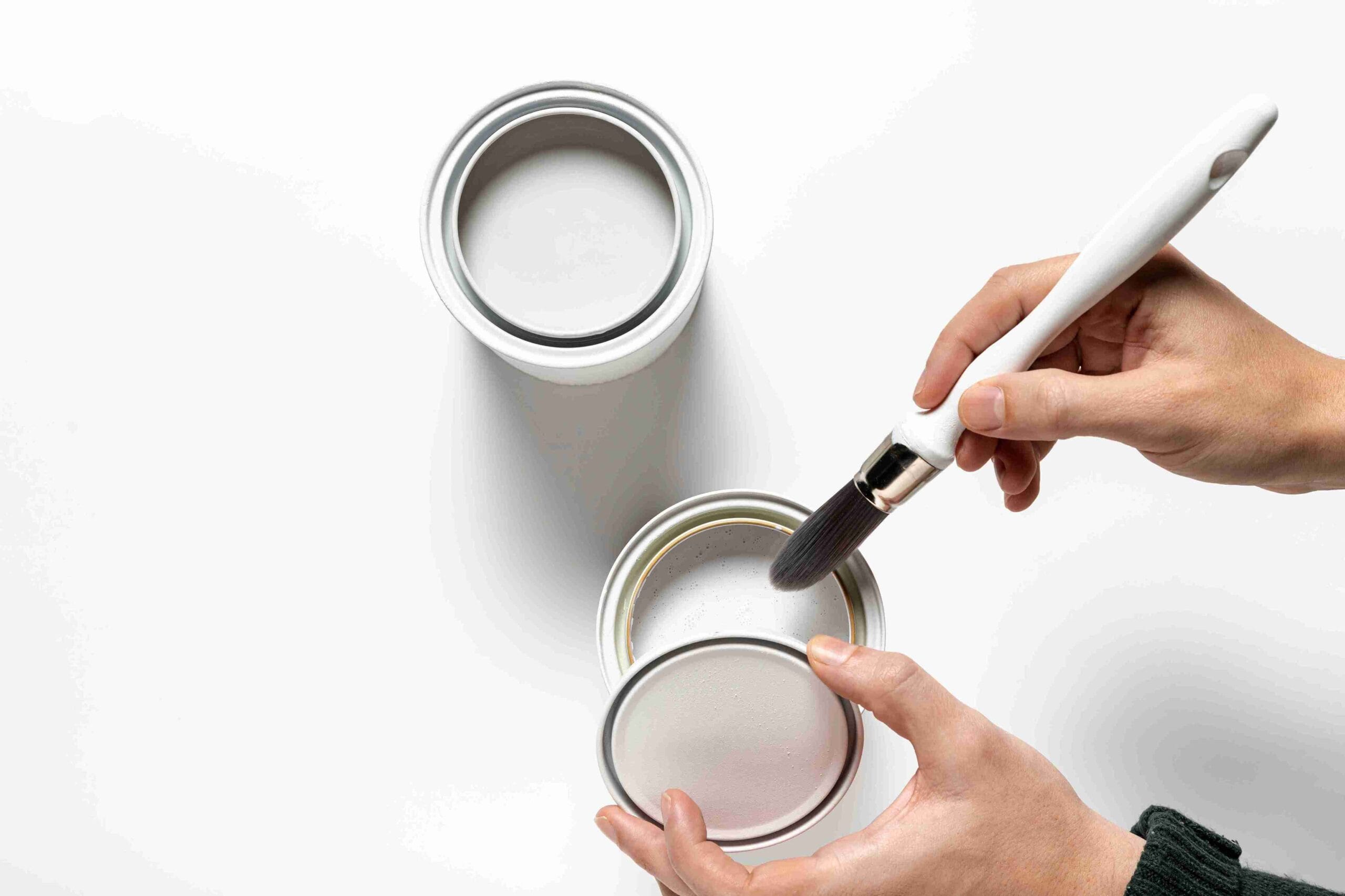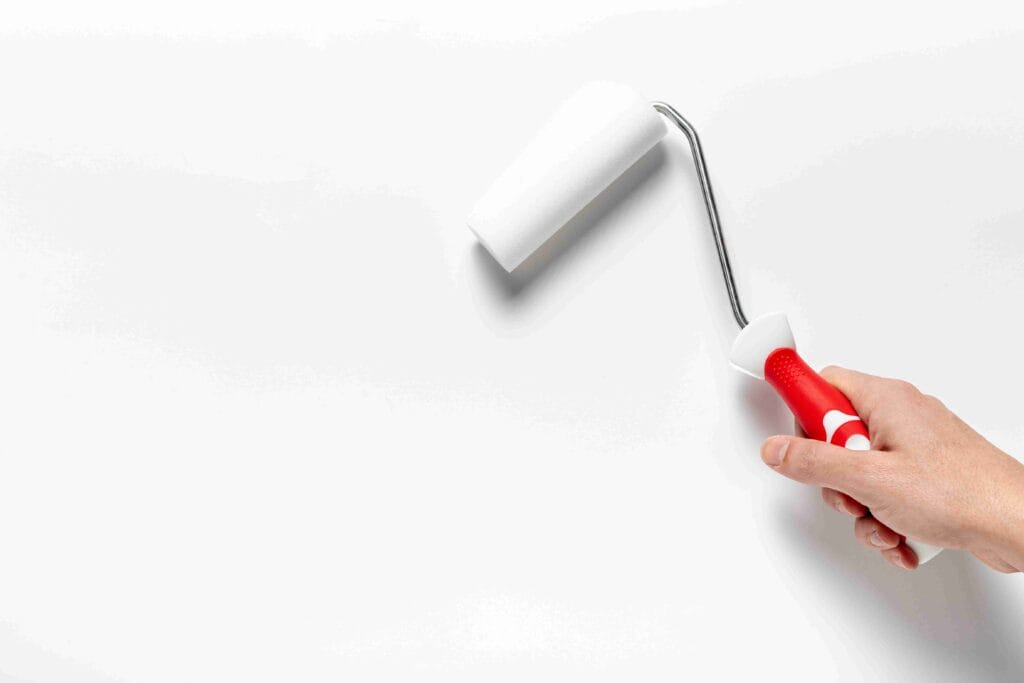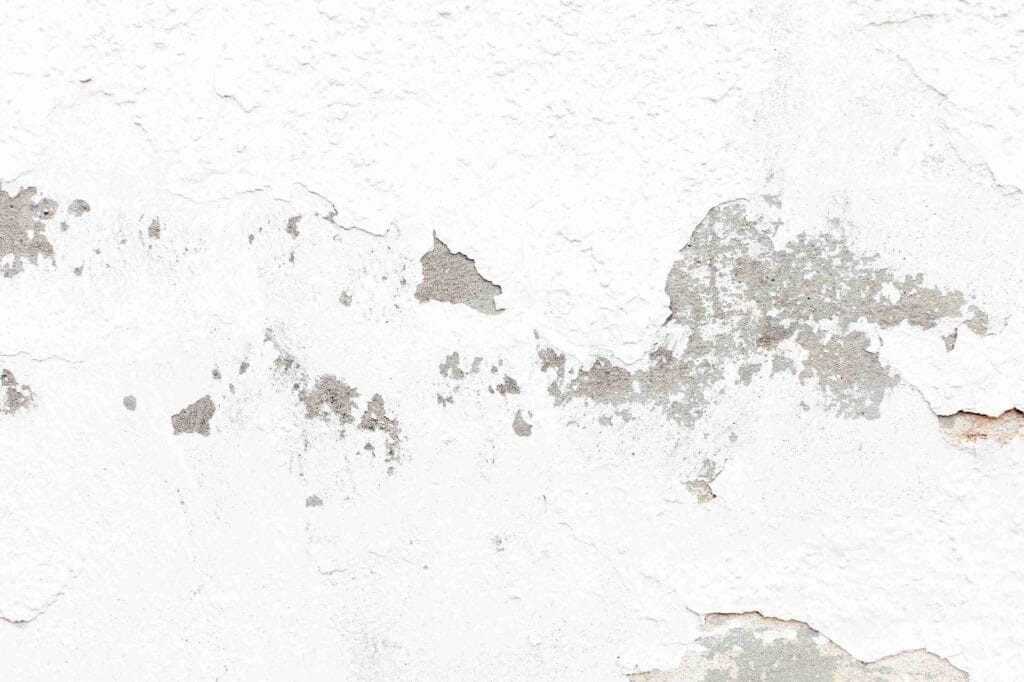Menu

Starting a paint project can feel simple at first—pick a color, grab a brush, and go. But there’s an important step that often gets skipped, especially by beginners: applying primer. While it may seem like an extra task, using primer can make a major difference in how the paint looks and how long it lasts. It helps prevent common issues like uneven coverage, peeling, or stains showing through the paint.
Here are the main purposes and benefits of using primer paint in any painting job.
Key Takeaways✔ Primer paint is a preparatory layer that helps paint stick better and look more even. ✔ Primer seals surfaces, improves paint adhesion, and helps block stains or imperfections. ✔ Primer is commonly used on drywall, wood, metal, and any surface that is new, patched, or porous. ✔ Primer is needed when painting bare surfaces, switching between paint types or colors, or covering stains and dark shades. ✔ Proper application includes cleaning the surface, choosing the right primer, and applying it evenly with enough drying time. ✔ Skipping primer can lead to peeling, uneven coverage, visible stains, and reduced paint durability. |

Primer paint is a base layer applied before the main coat of paint. Its job is to prepare the surface so the paint sticks better, spreads more evenly, and stays looking good for a longer time. It’s especially useful on new, rough, or tricky surfaces that may otherwise absorb too much paint or cause uneven results.
For those wondering what is primer paint, it’s more than just a first coat—it’s a protective barrier. Primer often goes on thicker than a regular paint layer and can help shield surfaces from moisture, pollutants, and corrosion.
When used on metal, for example, it can include corrosion-fighting ingredients like chromate or non-chromate (Cr-free) additives. These components help stop rust before it starts by keeping out water and other harmful materials.
Primer doesn’t just prep the surface—it improves the entire paint job from start to finish. Here are the key benefits that make it a smart and necessary step:
Before adding color, primer creates a clean, even base that helps paint look its best. It’s often used to prepare surfaces that are stained, patched, or have texture differences.
One of the biggest reasons primer coating is used is to help paint stick to a wide variety of surfaces. Without it, paint can peel, chip, or slide off over time, especially on slick or glossy materials.
If a surface is damaged, untreated, or absorbent, primer steps in to seal and protect it before painting begins. Many beginners wondering what is primer used for in painting don’t realize how much paint porous materials can waste.
Primer helps even out surface textures, making bumpy or patchy areas look consistent after painting. This gives the topcoat a cleaner appearance, especially when using primer paint for wood or rough surfaces.
Using primer improves both how the color looks and how long it lasts. Anyone asking what is primer paint should know it helps protect the top layer from wear and fading.
Priming first means fewer layers of paint are needed, which saves effort and supplies. This is a key reason primer coating is so widely recommended in both DIY and professional work.
Primer is helpful on nearly any surface, but it’s especially important for materials that absorb paint quickly or are hard to cover. For those wondering what is primer used for in painting, it’s most needed when the surface is new, damaged, or has never been painted.
Primer paint helps set the foundation for a smoother, longer-lasting paint job. Whether it’s prepping wood, covering dark colors, or sealing repairs, primer is a key step for success—especially for those just learning what is primer paint and how it improves the final result.
Primer is essential when working on surfaces that are unpainted or have been patched or repaired. It creates an even surface that allows finish paint to adhere better and look more uniform.
Painting over dark or vibrant shades can be challenging without a base layer. Primer helps block strong colors and gives the new paint a chance to shine in its true tone.
Changing paint sheen affects how paint grips to the surface. Primer helps adjust the surface texture, so the new finish holds up better over time.
Areas with stains or moisture problems often need extra prep before painting. Primer works to block discoloration and protect against dampness that damages the final result.

Primer is an important first step in any painting project. It helps paint stick better, improves coverage, and protects surfaces. Whether the job involves drywall, metal, or primer paint for wood, proper application makes a big difference.
Before applying primer, the surface should be smooth, dry, and free of dust or oils. Dirty or wet surfaces prevent the primer from sticking properly, which can lead to peeling or uneven paint later.
There’s no one-size-fits-all when it comes to primer. The type of surface and the paint being used will help determine the right kind. Understanding what is primer paint and what is primer used for in painting makes the decision easier.
Proper application is key to a smooth, lasting finish. Uneven coverage or rushing the drying process can lead to visible lines, bubbling, or chipping later on. A well-applied primer coating helps the final paint layer look professional.
Skipping primer might seem like a time-saver, but it can lead to problems that affect how the paint looks and how long it lasts. Primer paint plays a major role in helping paint stick, covering imperfections, and sealing surfaces.
Without a proper base, paint can struggle to stick to the surface. This is especially true on slick, glossy, or untreated materials. Over time, the paint may peel, crack, or bubble. A primer coating helps prevent this by giving the paint something to grip onto, making the finish stronger and more durable.
Primer helps create a smooth, even surface by sealing areas that would otherwise soak up paint at different rates. When skipped, the paint can look patchy or streaky, especially on new drywall or raw wood. This uneven look often leads to extra coats or touch-ups. Using primer paint for wood or drywall ensures that the final color applies more evenly and covers better.
When primer isn’t used, stains from water, smoke, grease, or even old paint can show through the new layer. These marks may not appear right away but can resurface after the paint dries. Primer is designed to block these problem spots.
Without primer, surfaces may absorb more paint than expected. This means extra coats are often needed to get the desired color and coverage. That leads to using more paint and spending more money.
Primer plays a big role in how long a paint job lasts. Without it, paint is more likely to fade, crack, or peel over time. This means the surface may need to be repainted much sooner. Whether it’s a wall, ceiling, or piece of furniture, skipping primer can lead to a finish that breaks down faster than it should.
Painting over bold or dark colors without primer can result in the old color showing through. Even multiple coats of paint may not fully hide it. Primer helps block strong colors and creates a neutral base for new shades to show up clearly.

No, primer is not just white paint. While it often looks like white paint, it serves a very different purpose. Primer is a special base layer made to help paint stick better to surfaces, seal porous materials, and block stains or dark colors from bleeding through. Unlike regular paint, it doesn’t contain the same pigments or finishes. Its job is not to add color but to prepare the surface for the topcoat. Some primers are tinted gray or other shades to match specific paint colors or improve coverage, especially when switching from dark to light colors.
Priming over old paint is helpful if the surface is glossy, stained, or uneven in color. It creates a clean, smooth base for the new paint to bond with. If the old paint is in good condition and not too dark, primer may not always be needed. However, using primer ensures better coverage and a more even finish, especially if switching paint types.
Some paints, like self-priming or paint-and-primer-in-one products, are made to stick directly to clean, previously painted surfaces. They work best on smooth walls in good condition. Unpainted or stained surfaces usually still need a separate primer.
Paint-and-primer-in-one products can work well on walls that are already in good shape and lightly colored. They save time on minor updates but may not perform as well on raw wood, dark walls, or stained areas. These products are more like heavy paints, not true primers.
It’s best to paint soon after primer dries, usually within 24 hours, to get the best bond. Waiting too long can reduce adhesion and may require re-priming. Always follow the primer label for drying times. Applying paint while the primer is still in its ideal window ensures a stronger and longer-lasting finish.
Painting projects—big or small—deserve quality preparation and a smooth, lasting finish. From choosing the right primer to completing the final coat, West Hartford House Painting Experts provides trusted service backed by industry knowledge and care. With experience across residential and commercial spaces in West Hartford, CT, every surface is treated with attention to detail and long-lasting results in mind. Serving the greater West Hartford, CT, area with pride, our team delivers polished results from start to finish.
Call West Hartford House Painting Experts today to schedule a free consultation!

Welcome to West Hartford House Painting Experts. We believe that we are the highest quality painting company in this community and we provide excellent customer service!